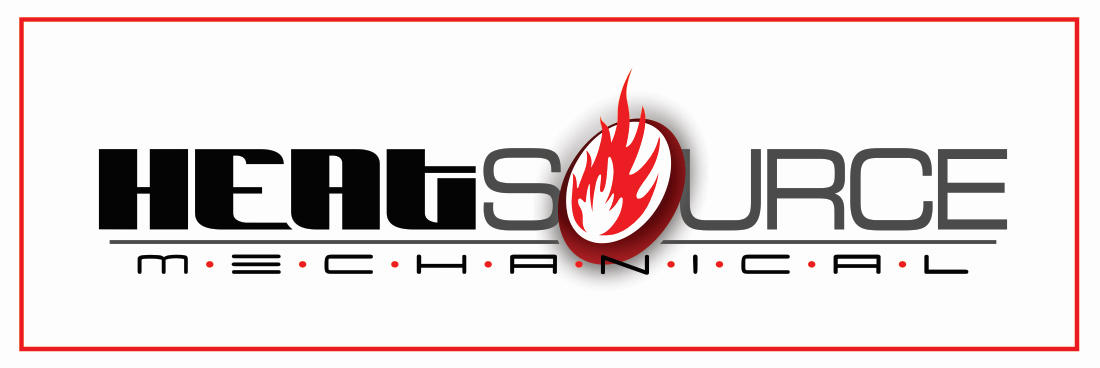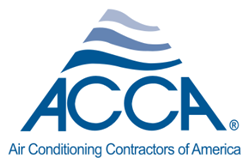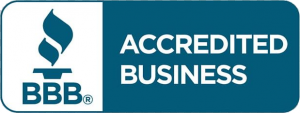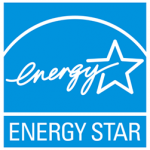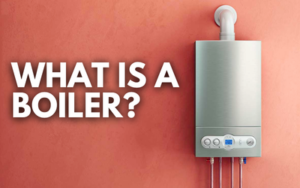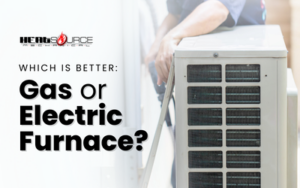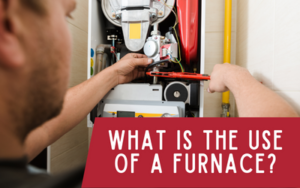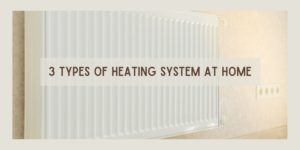Old heating, ventilation, and air conditioning systems are resource hogs. We know this, as our electric and fuel bills are expensive, but we know that they’re necessary. However, you might be considering a higher efficiency unit to keep you warm in the winter. It’s a good idea. Older furnaces can create dangerous situations in your home, and old air conditioners and heat pumps can be costly.
At the same time, efficient models are fairly expensive too. How can you justify the cost of a new unit when the old one’s still working? That’s simple: eventually, their cost will exceed the cost of a new unit. That’s the problem with older equipment: it might work, but not nearly as well as it should. That’s the main problem.
However, one reason why you might consider a new HVAC system is because there are tax credits in place for your home. Did you know that for a basic system like your furnace you could get $150 in credit to apply towards your taxes? That’s a good incentive to start installing more efficient systems.
More Details
There are two major credits that are in place. One runs through this year and covers most consumer-level appliances (such as furnaces and fans for ventilation). One runs through 2016 and is more concerned with energy generation. These are great credits that make new appliances a bit more affordable. Between that and the payoff that the more efficient devices offer to your energy bills, that should bring the cost down to something more manageable.
The first credit we mentioned is limited to ten percent of the cost of a unit, capped at $500 or a specific amount ranging from $50-300. That’s pretty good, especially considering that it’s free money for installing a new appliance (such as a water heater or furnace). However, the credit is a non-refundable tax credit, meaning that it can help reduce your liability to 0, but no refunds.
The devices that qualify for this tax credit are:
- Biomass Stoves
- Advanced Main Air Circulating Fan
- Air Source Heat Pumps
- Central Air Conditioning
- Water Boilers
- Gas
- Propane
- Oil
- Furnaces
- Gas
- Propane
- Oil
- Water Heaters
- Gas
- Propane
- Oil
- Electric Heat Pump
Efficiency Required
Of course, for this credit to apply to anything you’re purchasing, there are certain requirements that the devices must meet in order to qualify. Energy Star compliance is not a guarantee that the device you’re purchasing qualifies for the tax credit.
The three criteria that the smaller appliances have are simple: they must meet specific ratings for the Heating Seasonal Performance Factor (HSPF), Energy Efficiency Rating (EER), and Seasonal EER (SEER).
All three of the evaluation criteria are similar in that they measure the ratio of heat output (or, in the case of air conditioners, how much heat they remove) and energy usage. The higher the rating on any of the three criteria, the higher that ratio is. The differences are in what the units are used for.
HSPF is used for heating and measures that ratio we just told you about. The higher the HSPF number, the greater the heat output for your energy expenditure. Put another way, a high HSPF means that to maintain the same heat output in your home, you’ll use less power, which is a great benefit! For certain appliances, you’ll see the measurement for AFUE; that’s simply another measurement of HSPF for fuel-burning appliances.
EER is a laboratory, benchmark figure of energy efficiency. Mainly, it’s used to measure heat removal in air conditioning systems, but for our purposes, heating is AC in reverse. This benchmark basically allows for a standardized test of efficiency in conditions that are likely more extreme than the ones you’re residing in. EER is calculated using outdoor temps of 95ºF and a return air temperature of 80ºF with a 50% relative humidity. This means that it’s not really effective for real-world situations rather than for comparisons.
SEER is the metric that you’d be looking for when looking at heat pumps and air conditioners. This metric measures the cooling output during the typical cooling season divided by the energy input into the appliance. In layman’s terms, that’s simply what you get out of the device in variable conditions.
For you, though, you can treat them all as comparison points. Below, we’ve listed the requirements for all of the appliances available on this credit:
- Biomass Stoves
- Thermal efficiency greater than or equal to 75%
- Advanced Main Air Circulating Fan
- Must use no more than 2% of furnace’s total energy
- Air Source Heat Pumps
- Split Systems
- HSPF greater than or equal to 8.5
- EER greater than or equal to 12.5
- SEER greater than or equal to 15
- Split Systems
- Package Systems
- HSPF greater than or equal to 8
- EER greater than or equal to 12
- SEER greater than or equal to 14
- Central Air Conditioning
- Split Systems
- SEER greater than or equal to 16
- EER greater than or equal to 13
- Package Systems
- SEER greater than or equal to 14
- EER greater than or equal to 12
- Split Systems
- Gas, Propane, or Oil Water Boiler or Furnace
- AFUE greater than or equal to 95
- Gas, Propane, or Oil Water Heater
- Energy factor greater than or equal to .82; OR
- Thermal efficiency greater than or equal to 90%
- Electric Heat Pump Water Heater
- Energy factor greater than or equal to 2.0
Get Your Tax Credit!
Simply put, these devices are within your grasp. We sell them ourselves! And it’s a good idea to get your devices replaced now. The tax credit for these devices expires at the end of this year, so you’ll only be able to do it soon. And why not? Wouldn’t you like a lower heating bill next winter? We can help with that. Give us a ring or email us for assistance. We’ll give you a free quote and let you know what we can do for you.
